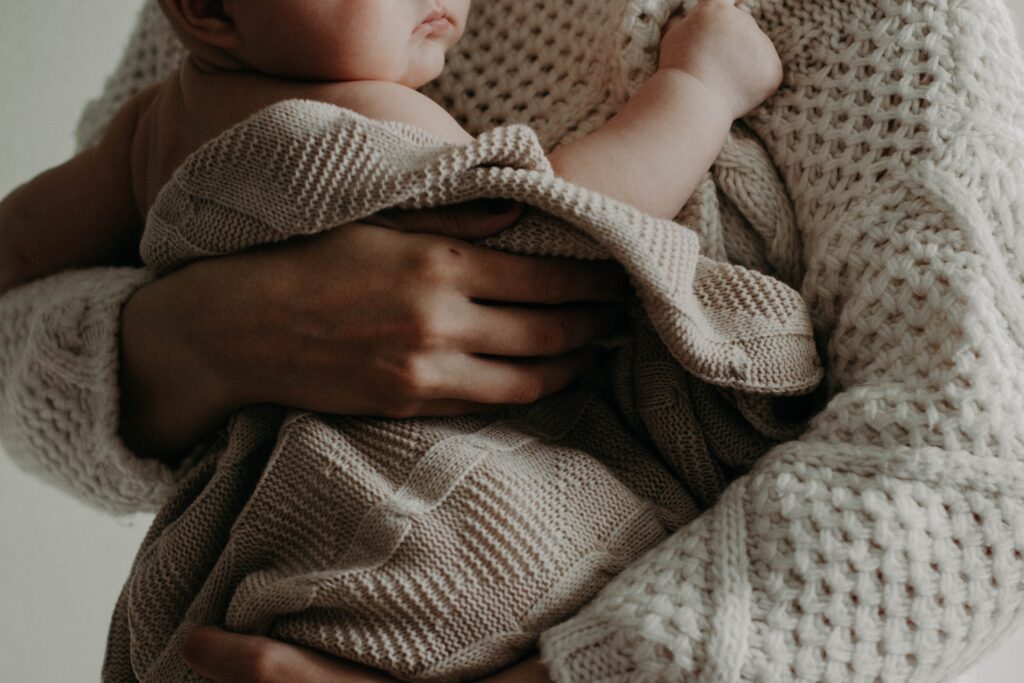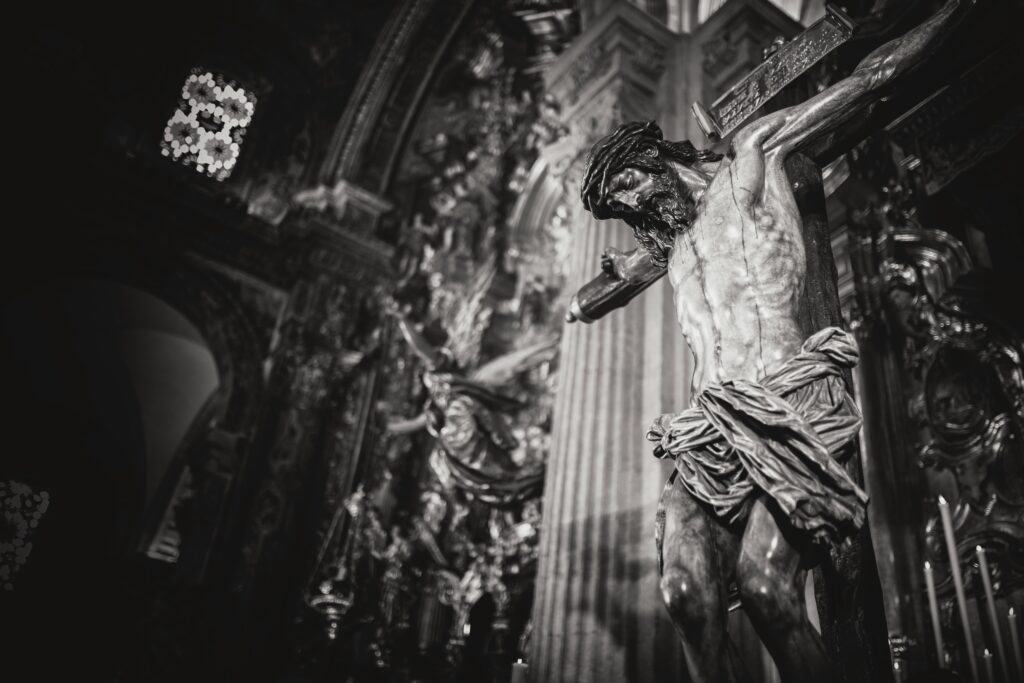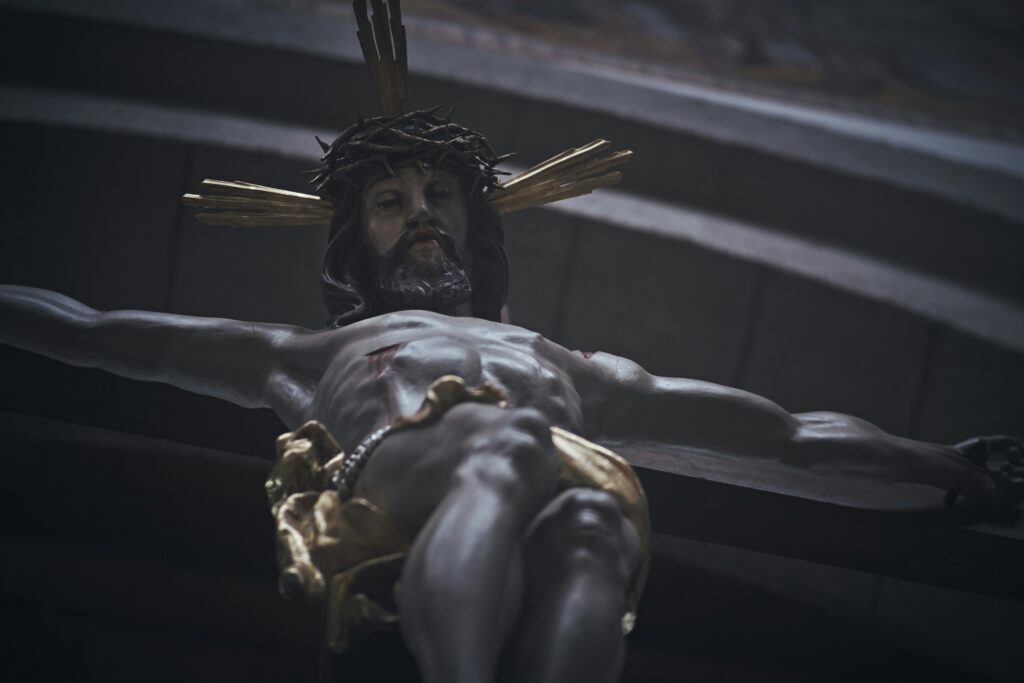Praise to a Young Mother
What time always retains is what lasts

What is most surprising in a woman in labor is the mysterious covering of the maternal mood. Days before giving birth, “the little kicks”, the untimely accommodations, the discomfort and fatigue, the cravings, the endearing dialogues with the creature, the illusion of rooting it by adorning the “place” where it is welcomed with exquisite attention and given a warm well-being. In this welcome poem, the mother’s heart does not leave any verse loose. The first cry the warm and particular temperature of her as she hugged him to her chest; her silent breathing; her tender helplessness or the graceful movement of her hands… inaugurate a more profound and transcendent metamorphosis – without being physical – than the one a caterpillar undergoes before becoming a butterfly – which curdles with marvelous naturalness into the eminent condition of mother.
With the child at home, we go from monolingualism to polyglot: he understands the language of his cries, his silences, and his babbling. The invariable, amorphous, and strident noises pale before the slightest movement, sound, complaint, or warning from the child, even if both – is applicable – are present at a famous musical concert. Scattered and curious seeing, attracted by the sparkling of the environment, is transformed because the heart makes a journey from the mother’s interior to rest on her pupils so that it not only transmits peace, security, and affection but also interprets what the child communicates and feels, over and over again. That is why, faced with her resounding cries, the mother looks at him from the corner of her eye, listens and then continues with her worries: there is no storm, in front of the distraught faces of her casual visitors. On the contrary, in the prolonged calm that is peace for the rest of the family, the mother’s gaze registers: immediate attention and intervention.
Last but not least, the child in her arms roots the mother in the present, because her love renounces, putting her future in parentheses, to take over the child’s time, which is none other than that of the wise woman nature. The mother, in a sense, returns to the beginning of creation: she awaits the natural flowering and unfolding of the growth of her child. Waiting – actively – for her to respond to the demands of her body and her environment is a clear sign of her maternal maturity.
Maturity and responsible love paint a woman when she becomes a mother. Spending that type of love is elevated to the category of heroic because the beneficiary does not thank, does not ask, cries even at inappropriate hours. Love becomes “one-way”, the mother is the active and main agent. So, are sleepless nights fruitless? Are interruptions in a friendly evening setbacks? Is breastfeeding a child a mechanical and solitary act? Is resistance to sleeping at the agreed upon time “attacking” the mother’s rest – deserved, by the way –? All the weight on her shoulders. Motherhood is a mystery. The Creator wanted the human being to be formalized as a person precisely in the treatment, contact and care of a woman. The person, precisely because of his exquisite dignity, demands integral development and growth, that is, attention to all his dimensions, I highly doubt that the father – without a guide – could carry out this task with solvency. The mother has always been chosen as director.
I raise my eyes from the machine and imagine how each child runs stumbling to meet his mother and both merge into a tender and intense hug. Now I understand that love is rewarded by imprisoning it in time. What time always retains is what lasts.
 (EN)
(EN)
 (ES)
(ES)
 (IT)
(IT)





